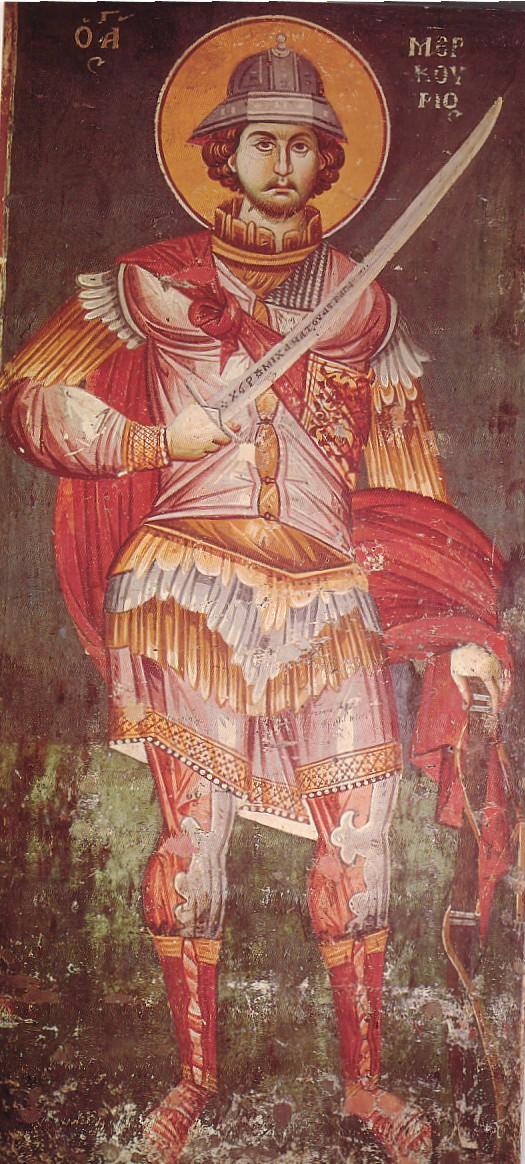Paramerion on:
[Wikipedia]
[Google]
[Amazon]
 The paramerion (
The paramerion (
Medieval Greek
Medieval Greek (also known as Middle Greek, Byzantine Greek, or Romaic; Greek: ) is the stage of the Greek language between the end of classical antiquity in the 5th–6th centuries and the end of the Middle Ages, conventionally dated to the ...
: Παραμήριον) was a saber
A sabre or saber ( ) is a type of backsword with a curved blade associated with the light cavalry of the Early Modern warfare, early modern and Napoleonic period, Napoleonic periods. Originally associated with Central European cavalry such a ...
-like curved sword
A sword is an edged and bladed weapons, edged, bladed weapon intended for manual cutting or thrusting. Its blade, longer than a knife or dagger, is attached to a hilt and can be straight or curved. A thrusting sword tends to have a straighter ...
.The name ''paramerion'' means 'by the thigh', this may reflect that it was worn suspended by slings from a waist-belt, rather than the usual baldric
A baldric (also baldrick, bawdrick, bauldrick as well as other rare or obsolete variations) is a belt worn over one shoulder that is typically used to carry a weapon (usually a sword) or other implement such as a bugle or drum. The word m ...
employed by Byzantines for straight double-edged swords.Dawson, Timothy (2007) ''Byzantine Infantryman, Eastern Roman Empire c.900–1204'', Osprey, Oxford, , p. 25.
References
Medieval European swords Byzantine military equipment Ancient swords {{Byzantine-stub